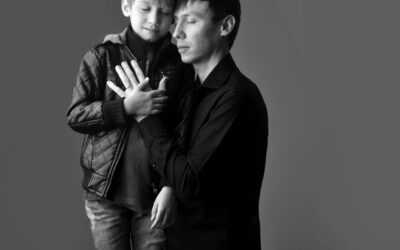Podcast: Play in new window | Download (Duration: 27:53 — 38.4MB)
Subscribe: Apple Podcasts | Spotify | Amazon Music
Show Notes
This episode offers a foundation for future episodes. This is key to understanding the relational brain so that you can use that information to help build secure relationships.
- Everyone has security in them or the capacity for it, no matter what background you show up with.
- There are three specific brain structures that affect our sense of well-being.
- The prefrontal cortex – the front of the brain: this is where we want to live in – it is our most mature, “adult” flexible self
- If our lights are on here, we can be our best selves. We will be compassionate, be able to perspective take from other people’s positions, and function more like the grown ups we mean to be
- This works slower and needs more time to respond. It is a challenge especially if you have a rough or neglected history
- The hippocampus
- This modulates memory, and the autobiographical narrative of ourselves
- For example, the more that we can remember our past and our future with each interaction, the more we can stay in the higher part of our mind (pre-frontal cortex – PFC).
- The amygdala
- This is primitive, more basic part of the mind and is physically lower in the brain; it is about assessing danger and threat.
- This is your fight or flight, your guard dog, is at the level of mammalian interactions – fight flight flee (freeze)
- It exaggerates and works really fast; It’s not good at discerning things. It sees in black and white and is only out to protect the body.
- The prefrontal cortex – the front of the brain: this is where we want to live in – it is our most mature, “adult” flexible self
- When we perceive significant enough threat, our prefrontal cortex will turn down and our amygdala will increase in activation. In this state, the amygdala will respond as if things are actually a threat (shark music plays).
- Goal is to get PFC back online, this takes time.
- Allow yourself to feel angry and self-righteous. Then, consider the opposing perspective. This engages the PFC.
- Brain plasticity: our brain structure is formed by patterns in behavior, but those patterns can be changed.
- Knowing that our threat system is activated and seeing our own warning signs allows us to work against responding automatically. It gives us choice, responsiveness.
- Practicing this can physically alter the structure of our brain in a way that permanently helps us.
Resources
- Dan Siegel
- Mindsight – Dr. Siegel is a master and father of INPB (Interpersonal Neurobiology). If you are seriously interested in this field you must master his works. This book is in between clinicians and everyone else. His parenting books are great for everyone, his original text is highly technical and for clinicians, I recommend reading in a study group to absorb the goodness.
- The Developing Mind – this is the one mentioned above, for clinicians. It is a must for INPB, and recommended to read in study group with other therapists for best application of these master ideas.
- Jack Panksepp – Life Without Emotion TED Talk – free recommended video
- These and other resources have been collected for you on our Resources page!













